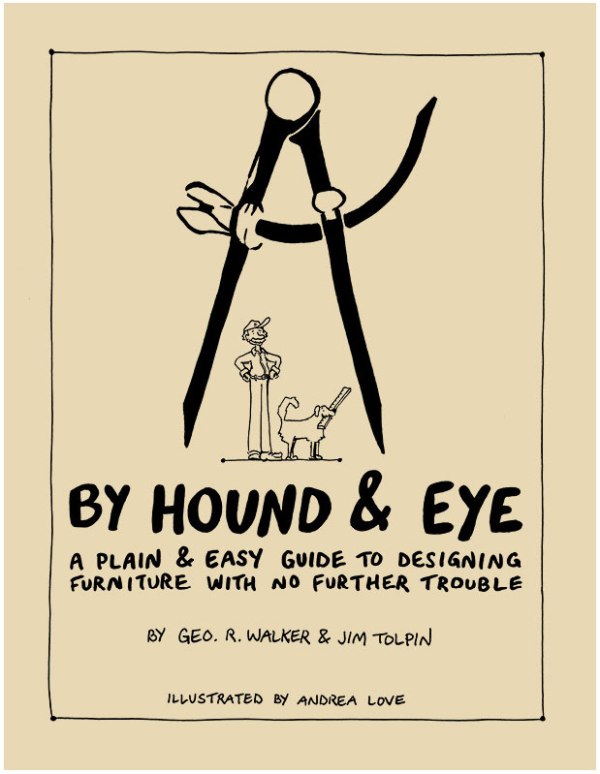We are working like mad to finish up a DVD on the H.O. Studley tool cabinet and workbench so it can be released at Woodworking in America in late September. We’ve hit a little snag, and we hope you can help us.
The DVD is being edited by the ever-capable Ben Strano, who has cleaned up the audio on all of our electronic projects (“The Naked Woodworker” and the audiobook of “The Joiner and Cabinet Maker”). After reviewing the rough cuts of the DVD last week, Ben and I agree we need two things. One is necessary; the other would just be cool.
Necessary:
Do you have any video footage of the Studley exhibit in Amana, Iowa, in May? We don’t need much. But a little video of the crowds, the workbench and the chest itself would be a huge help in fleshing out a transition point in the DVD.
We can’t offer you money, but we will be happy to credit you if we use your footage. Contact Ben at his e-mail address: ben@benstrano.com if you think you can help.
Very cool:
Do you have a photo of the original Fine Woodworking Studley poster on your shop wall? Or can you take one? We’re hoping to build a montage (a montage!) of these photos as part of the DVD.
Again, if you can help, send a note to ben@benstrano.com.
Thanks in advance. More details on the awesome work Ben is doing on this DVD to come.
— Christopher Schwarz









